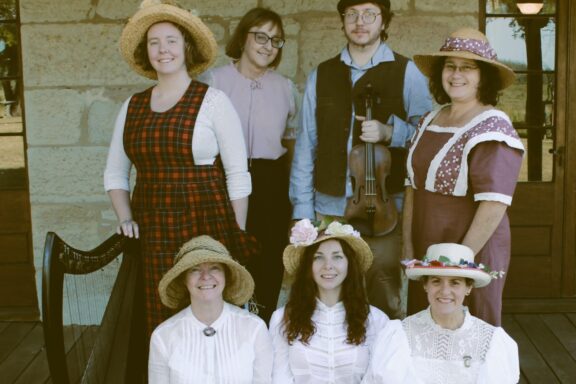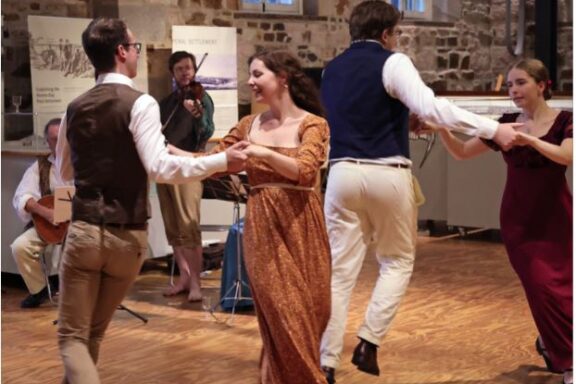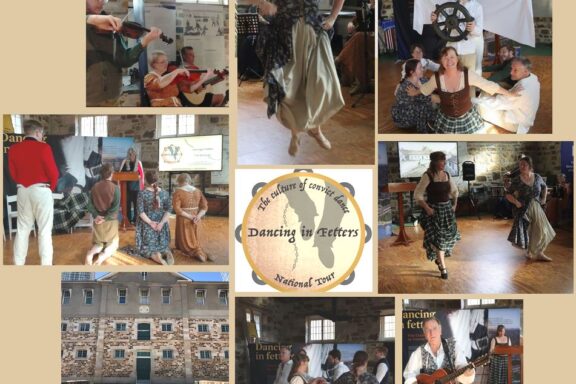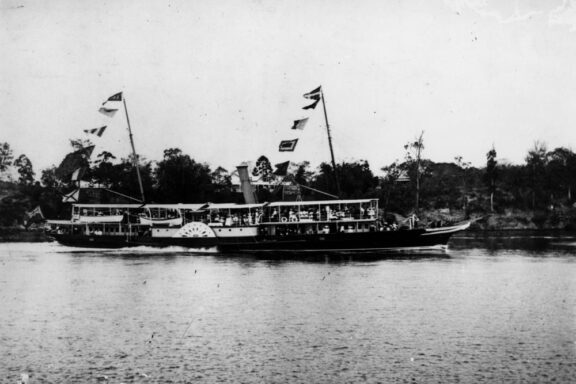
When we think about heritage we call to mind buildings and artefacts, but how often do our thoughts turn to music, dance, and song? Yet these elements play a vital role in our cultural heritage and allow us to engage with the past in a very dynamic and active way.
UNESCO has a special charter for safeguarding our intangible heritage. It encourages the connection between the tangible and intangible, and inspires us to consider these links holistically, allowing deeper meanings and associations to come to the fore.
Often historic sites and buildings have significant connections to the popular culture of their time and these can be explored to add a much deeper understanding of each place. Intangible heritage enables broader themes or personal and communal stories to be told. Our history can be brought to life in a unique way by experiencing music and dance – a living link to our heritage. This joyful experience can provide identity, social cohesion, a sense of community and a perceptible link to the past.
“Convict John Bushell at Moreton Bay, 1831-1833: The military officers in charge of the settlement, hearing of his knowledge of music, gladly availed themselves of this opportunity [to benefit from his education] … he became a great favourite, and taught them music, dancing, drawing, fencing, and French, Italian, Spanish, and German languages to their great delight, better than those branches could be taught in London at the public schools. He now made a happy exchange, from an excess of severity, to an excess of kindness.”
We are fortunate in Brisbane to have one of Australia’s leading dance historians, Dr Heather Blasdale Clarke. Heather lives in Samford and specialises in social dance in Australia in the 18th and 19th centuries. Her doctoral research, conducted at QUT, focused on the dances of the many migrants who were transported against their will – the convicts who brought their popular culture with them.

You may have seen her exhibition ‘Dancing in Fetters: the culture of convict dance’ at the Royal Historical Society of Queensland’s Commissariat Store Museum in 2021. This was the first venue in a national tour funded by the Australian Government’s Visions of Australia. The exhibition toured to seven museums with convict connections, including the world heritage listed sites at Woolmer’s Estate, Norfolk Island, and Fremantle Prison. Despite Covid restrictions still being in place at the beginning of the tour, it was seen by over 84,000 visitors. At each site, it was possible to include the historical local content, emphasising how important dance used to be in our society, even for marginalised people like convicts.

Heather’s work is exceptional in its scope and significance, greatly enriching an area which has previously seen little research. As well as the actual dances, her studies extend to explore the context of dance, and its important place in society. Her website Historicaldance.au is of special interest to those attracted to Australian history, including family historians and genealogists, folk and historical dance groups and musicians, curators of museums and historic places, researchers studying local and national history, and researchers of dance, both nationally and internationally.

It was common practice to dance on the steamer on the as it travelled the river. “Dancing was kept up with much spirit throughout the home journey, and all seemed to thoroughly enjoy the excursion, the utmost good-feeling having prevailed from first to last.”
In Brisbane, Heather holds regular folk and historical dances in Samford and Arana Hills, and an annual Jane Austen Ball in Dayboro. With her band, Phillip’s Dog, she provides music and dance for heritage events such as the Galvanized Festival in Ipswich, National Folk Festival in Canberra, Sydney Regency Weekends, and the Abbey Medieval Festival. Heather is a published author and gives talks and lectures. In September she will be presenting a paper for the RHSQ Bicentennial Conference at Redcliffe.